I had been playing around with the Bot Framework for a while but hadn’t really got anywhere, largely due to having enough time to create something worthwhile, when I came across the Azure Bot Service whilst I was trawling through the documentation of the Bot Framework. The Azure Bot Service is currently in preview and allowed me to quickly author and deploy a basic bot for the purpose of this post and walkthrough.
Creating the Bot
Like most services in Azure, creating the bot is easy and requires the following input
Configuring the Bot
Setting up the Bot is a bit more involved. Once the bot has been created, you’ll be presented with the following screen
The App ID and Password are auto-generated by Microsoft, but you will need to make note of the password and store it securely as it is only displayed once in the app registration process.
Next you want to select the language in which the bot is developed and deployed. You have the choice of C# or NodeJS. I opted for C# as it’s a language I am most familiar with.
Choose your template, accept the T’s & C’s and your bot is ready to be deployed!
Deploying the Bot
The Bot has been created and configured, displaying its source code which can be further tweaked in the browser or Visual Studio. You can also embed your Bot in a number of existing apps, websites and services.
Chatting with the Bot
The basic bot isn’t the most stimulating of conversational partners but it is satisfying to see your creation talk back, even if it repeats what you have just told it.
The Bot Framework opens up many possibilities to make the services you offer engaging in a conversational way. The Azure Bot Service makes the Bot Framework that much more accessible to quickly deploy bots and have them out there, engaging with users.

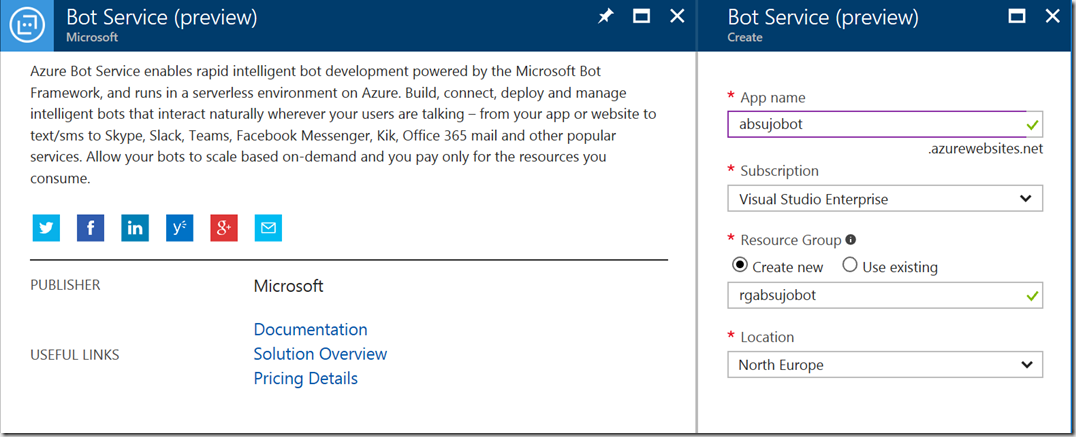
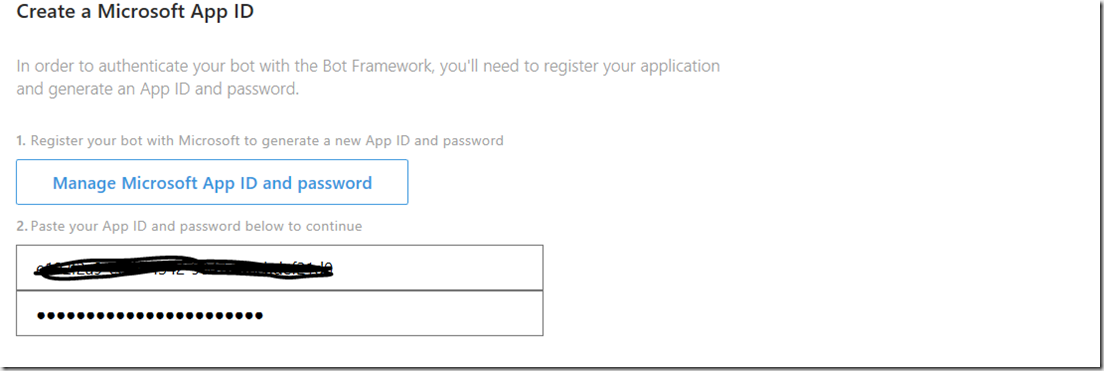
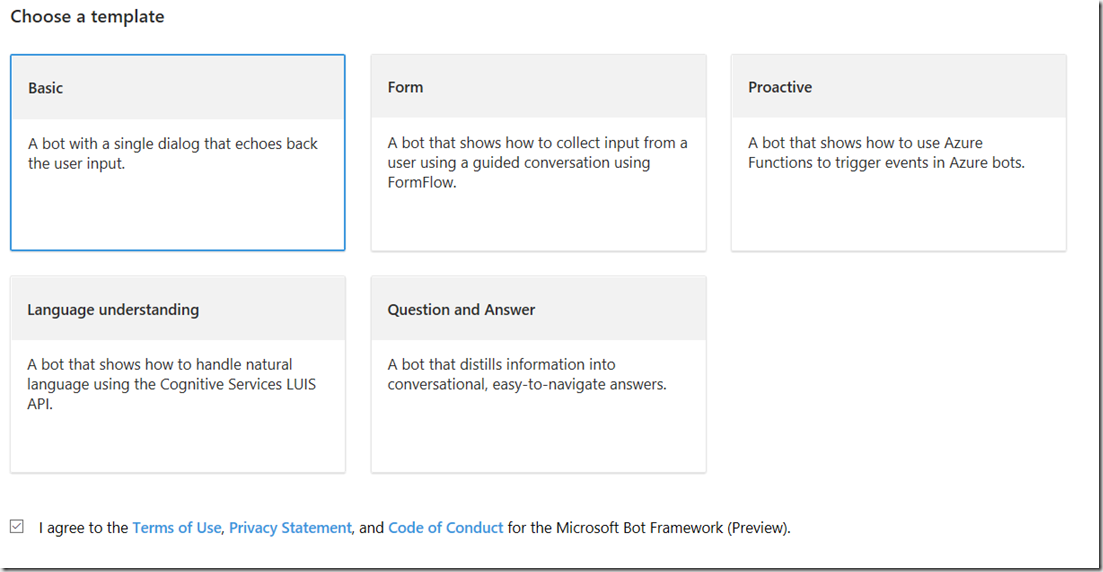
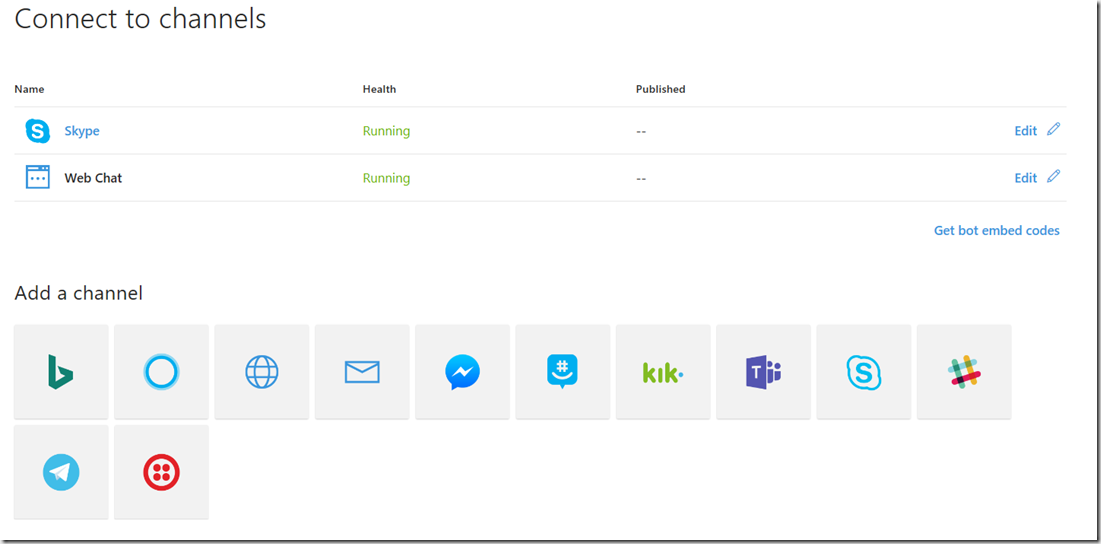
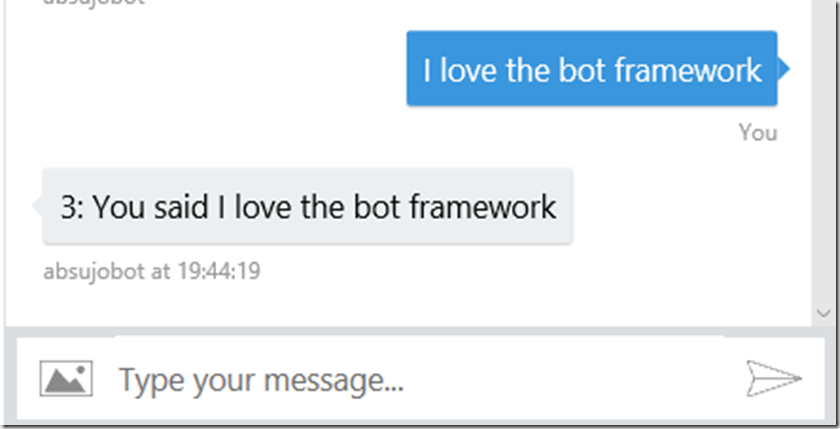
Introduction to Data Wrangler in Microsoft Fabric
What is Data Wrangler? A key selling point of Microsoft Fabric is the Data Science
Jul
Autogen Power BI Model in Tabular Editor
In the realm of business intelligence, Power BI has emerged as a powerful tool for
Jul
Microsoft Healthcare Accelerator for Fabric
Microsoft released the Healthcare Data Solutions in Microsoft Fabric in Q1 2024. It was introduced
Jul
Unlock the Power of Colour: Make Your Power BI Reports Pop
Colour is a powerful visual tool that can enhance the appeal and readability of your
Jul
Python vs. PySpark: Navigating Data Analytics in Databricks – Part 2
Part 2: Exploring Advanced Functionalities in Databricks Welcome back to our Databricks journey! In this
May
GPT-4 with Vision vs Custom Vision in Anomaly Detection
Businesses today are generating data at an unprecedented rate. Automated processing of data is essential
May
Exploring DALL·E Capabilities
What is DALL·E? DALL·E is text-to-image generation system developed by OpenAI using deep learning methodologies.
May
Using Copilot Studio to Develop a HR Policy Bot
The next addition to Microsoft’s generative AI and large language model tools is Microsoft Copilot
Apr